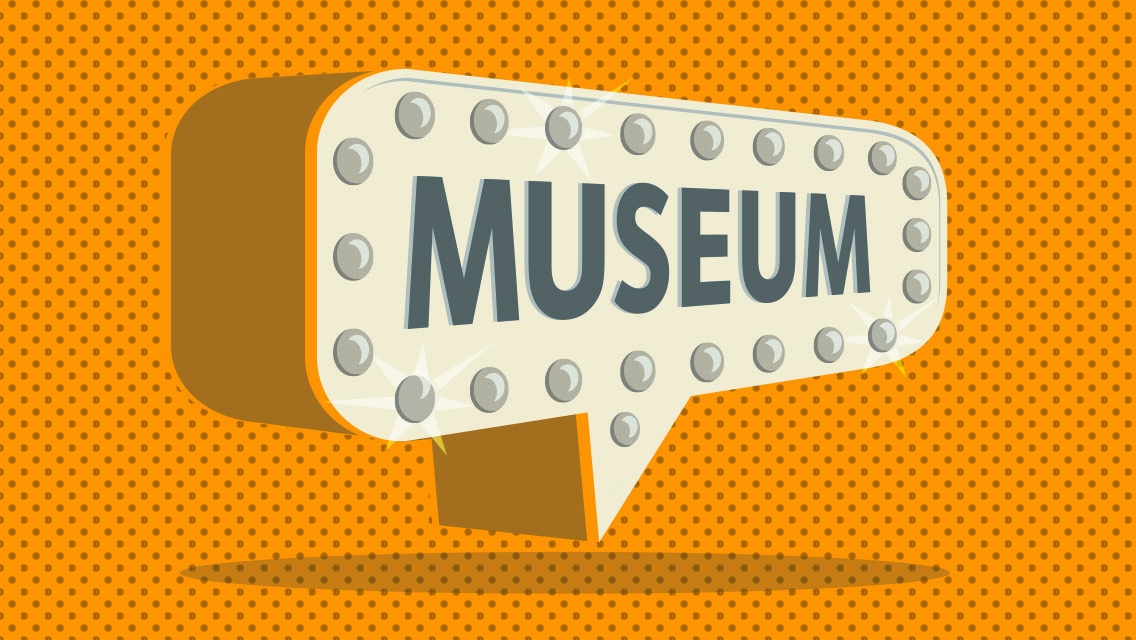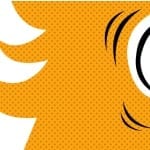Our New Years card (when we do one!) is always a great design challenge. Because we are the client as well as the designer, we spend a lot of time putting it off and end up running out of time. There are times when the opposite its correct as well: we end up with a thousand versions and not thinking any of them are appropriate. The reality being they could all be sent quite easily. This years digital offering ended up with a binary theme.
Binary is such a simple yet wonderful thing, it gave me a basic understanding of how a signal can go down a copper or glass fibre wire and get beamed to your digital device which translates the ones and zeros into an image (a very simplistic understanding maybe). It’s all about on or off. On or off is a bit absolute though, it’s not really very forgiving and in terms of judgement, it’s in fact quite restrictive. Thinking of binary brought me to this: great design is truly not binary.
Design is in very basic terms an aesthetic solution to a challenge. Design is not art, which is pure aesthetics. Design has a defined purpose.

A simple statement, but what do I mean? Design is in very basic terms an aesthetic solution to a challenge. Great design is not art (though can be incredibly beautiful), which is pure aesthetics. Design has a defined purpose. So a clients’ binary reaction to a design would be, ‘I like that’ or ‘I don’t like that’. For art this is fine, but design doesn’t really work like that.
Design is an answer to a brief, it’s not vanity, it has a business need to be answered. Most of the time the audience isn’t the person giving the feedback. The person who is giving the binary feedback will know the ‘ins and outs’ of the product or service, they’ll understand it’s nuances. They’ll have a vested interest.
Binary reactions are subjective, down to personal taste. This is fine if you are the audience, but not so great if you are the person commissioning the design. Similarly, judging a design without knowing or understanding a brief doesn’t always work (it’s why we try not to show work without a case study on our site) if you’re not the intended audience. What may look wonderful out of context, may not actually fit the brief.
Gone are the days when design would just ‘be’. Sitting on a shelf next to a lot of similar looking products. The world is a lot more ‘design conscious’. Think of the hullabaloo around the 2012 London Olympics identity. The world and his dog had an opinion about it. The same (though possibly on a much smaller scale) will be true of your identity. Though your audience may not be so ‘all encompassing’, you do have to think of them and not you.
Think of the products and services you use, how many of them do you think look and talk ‘better’ to you personally than the competition?
Think of the products and services you use, how many of them do you think look and talk ‘better’ to you personally than the competition? Like you, your end user (the person your design project is aimed at) will make a binary reaction on a personal level. It won’t often be a conscious one, but it will be the difference between them becoming a customer or not.
Puur mixes years of experience with creative inspiration (and a small dose of ‘science’) to develop unique and ownable identity solutions that work. We try and deliver great design to business centred briefs. If you need a tailored solution to a specific design challenge, give us a call today for a chat about how we can help.

Image by Gerd Altmann from Pixabay








